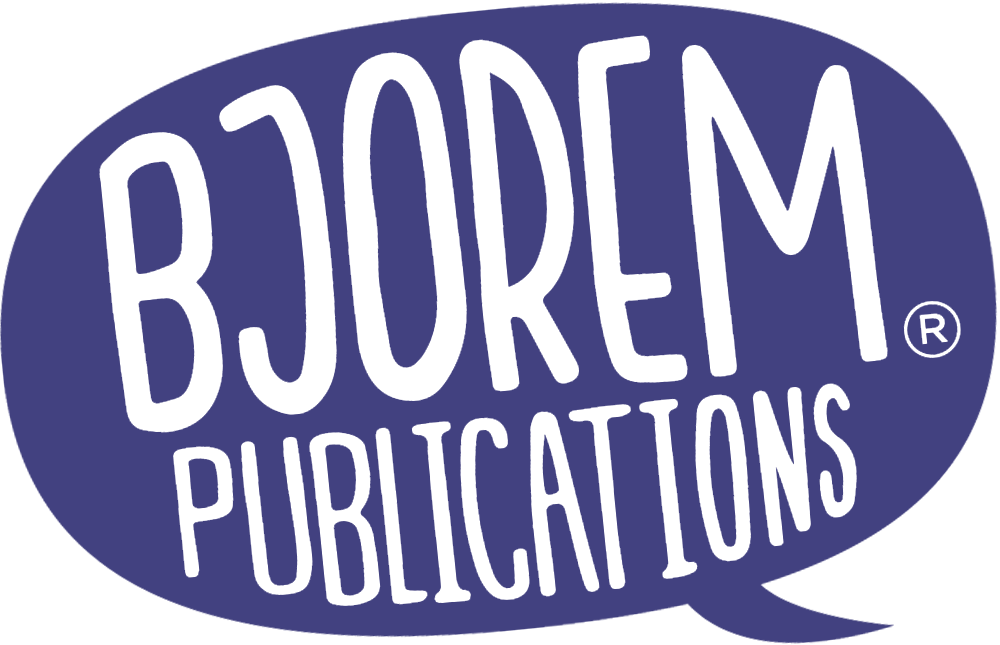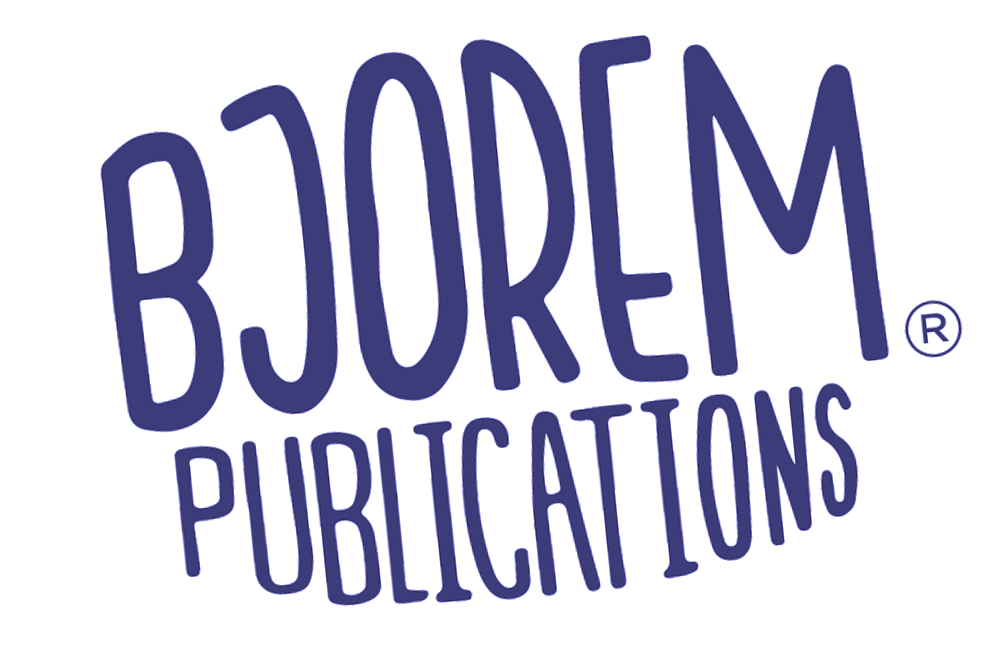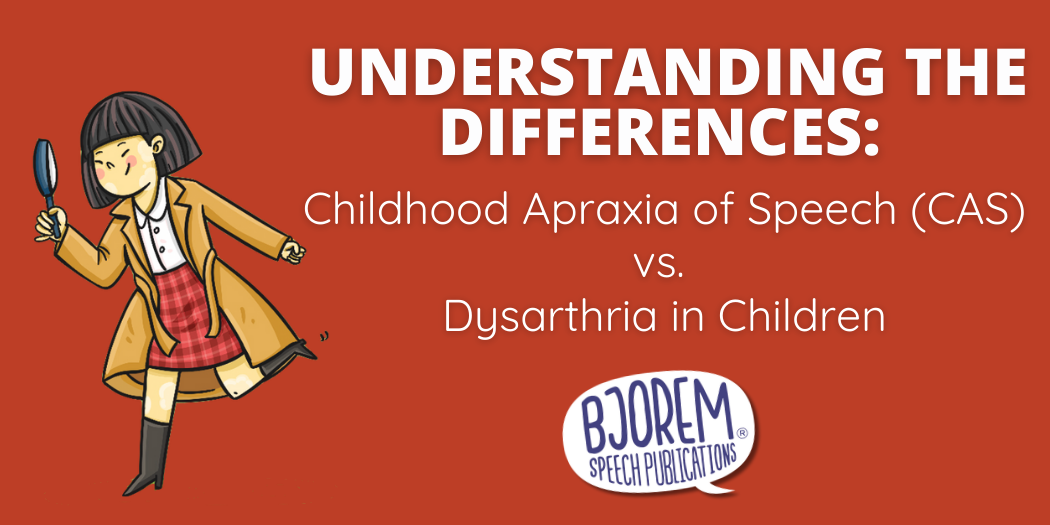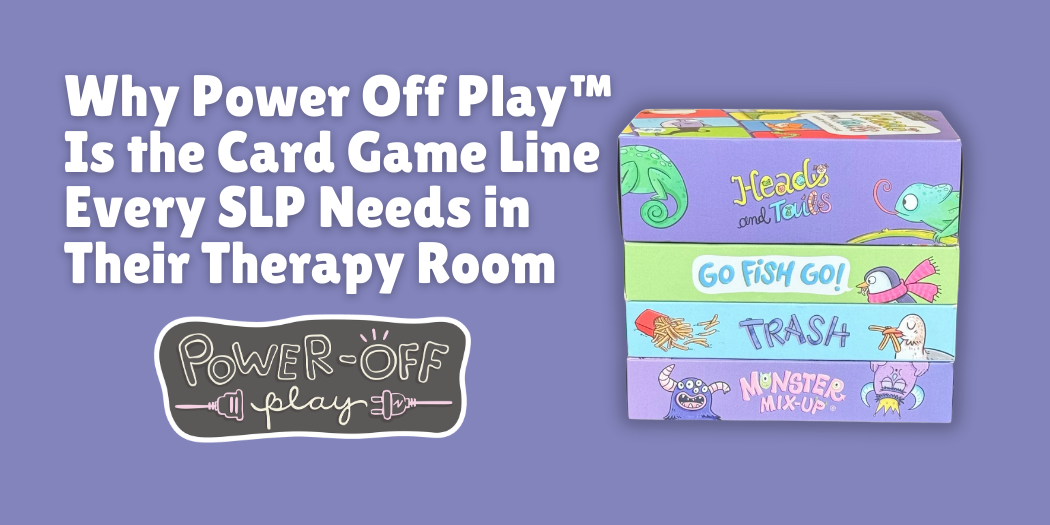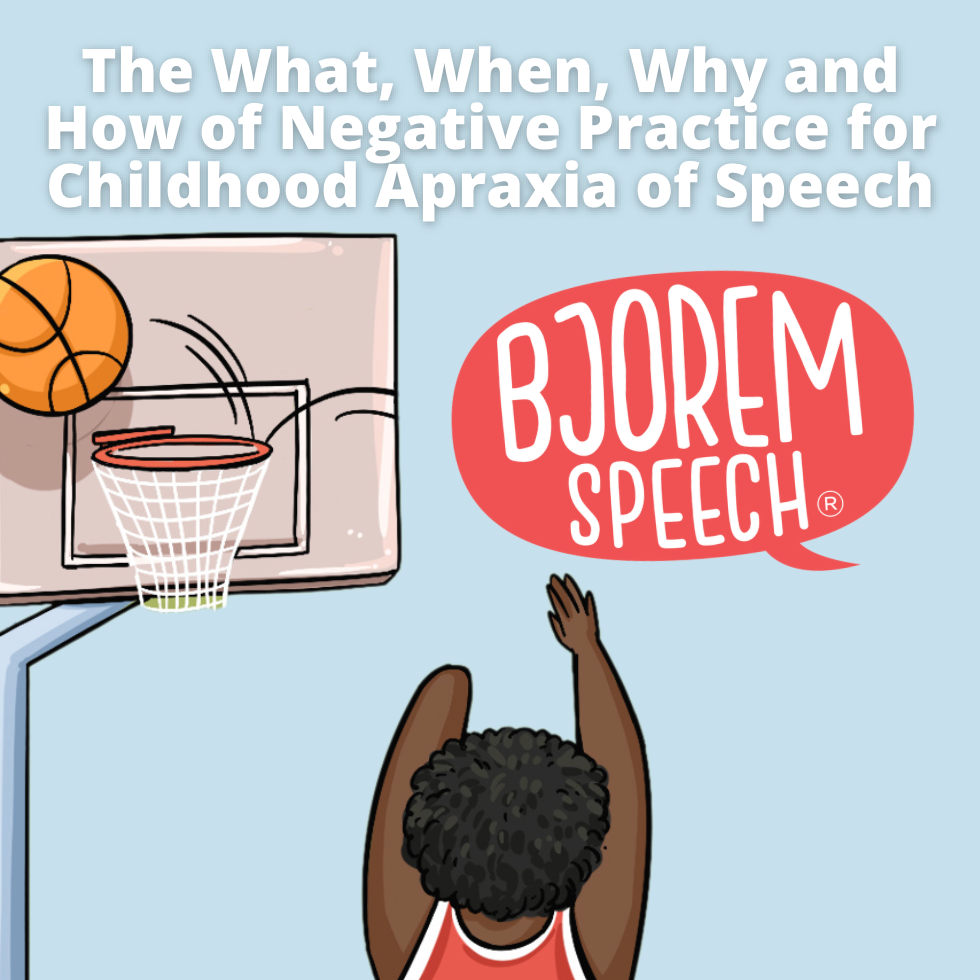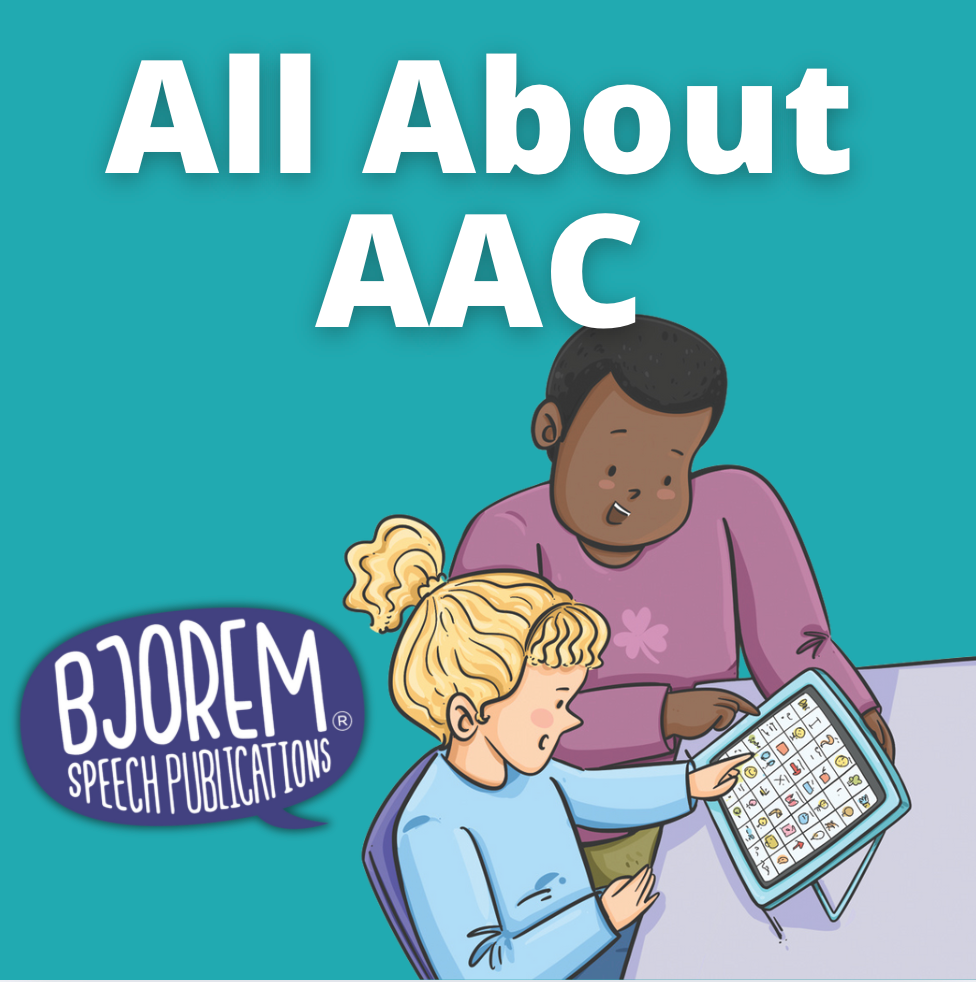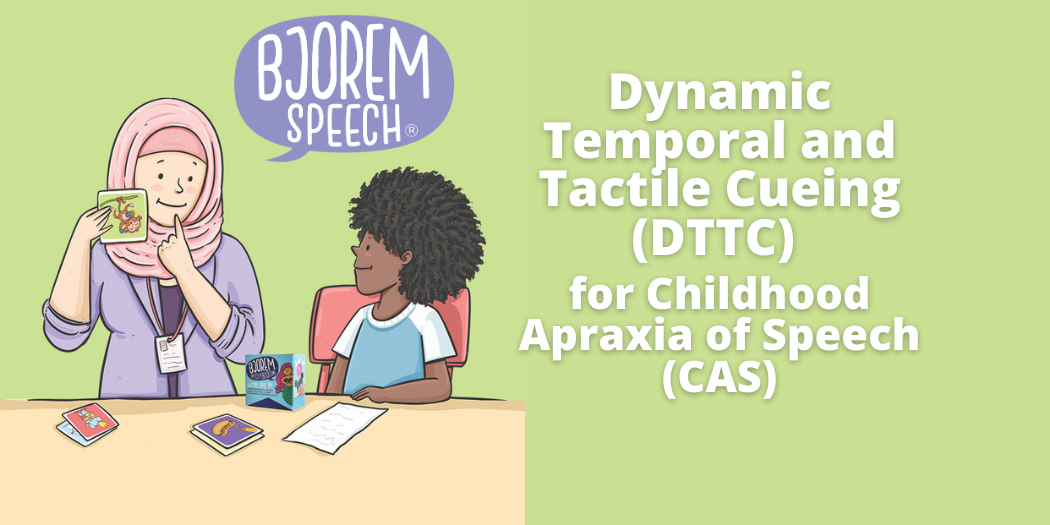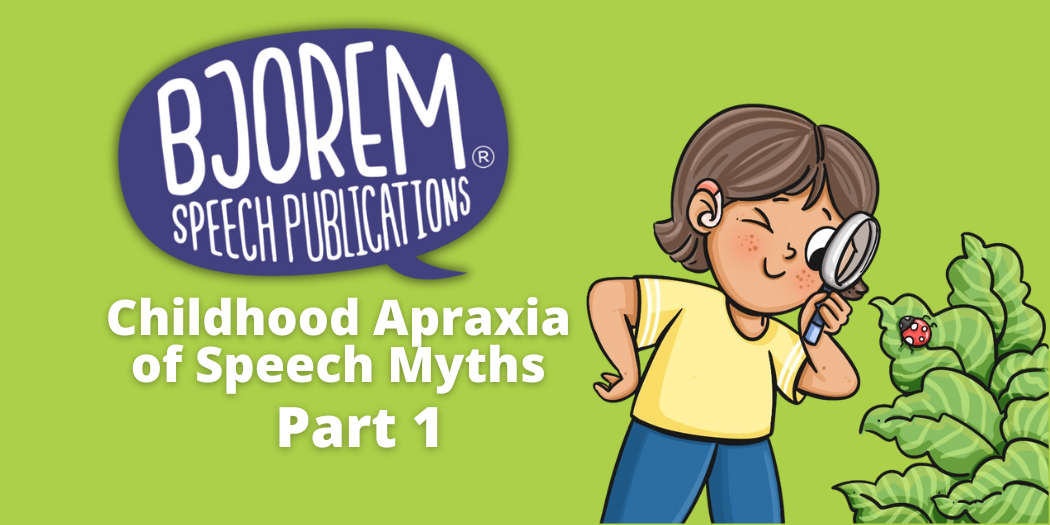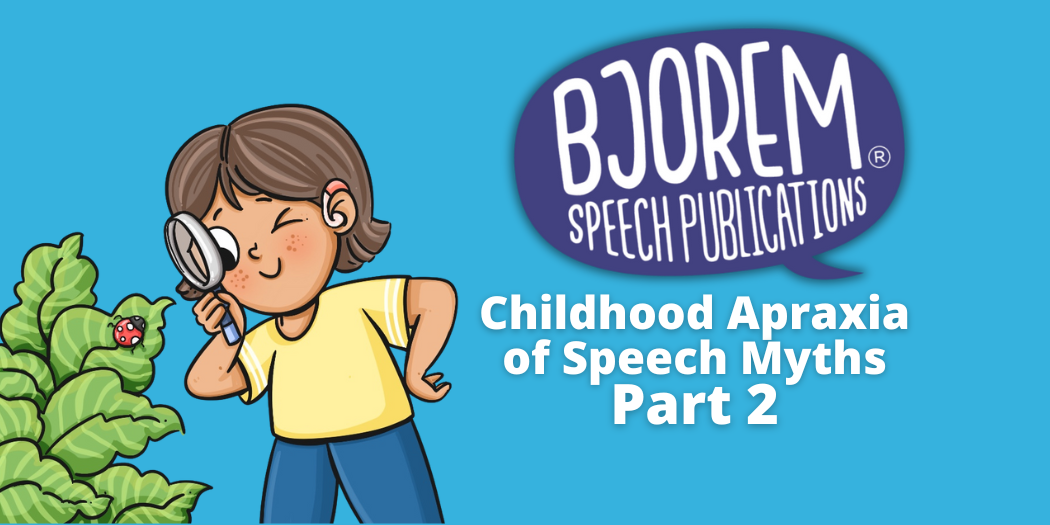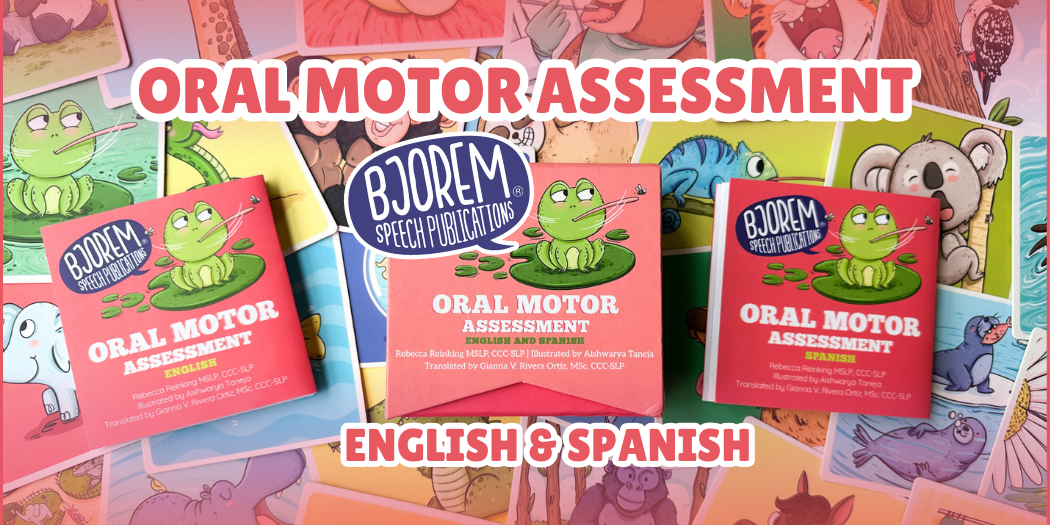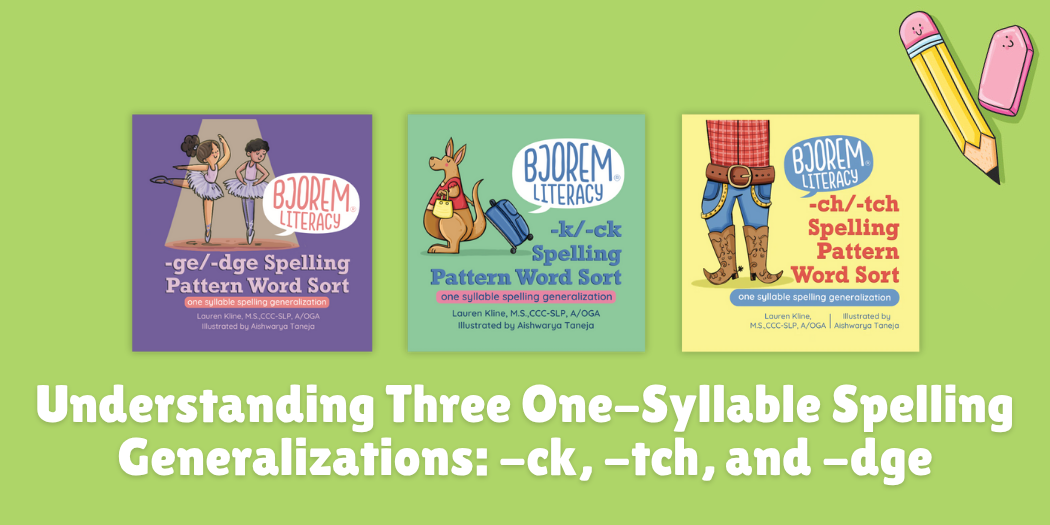When it comes to speech disorders in children, the nuances between different conditions can be subtle yet significant. Two commonly misunderstood conditions are Childhood Apraxia of Speech (CAS) and Dysarthria. Both affect a child's ability to speak clearly, but they stem from different causes and require distinct approaches to therapy. This blog post aims to shed light on the differences between CAS and Dysarthria, helping parents, educators, and therapists better understand and support children facing these challenges.
What is Childhood Apraxia of Speech (CAS)?
Childhood Apraxia of Speech is a motor speech disorder where children have difficulty making accurate movements when speaking. In CAS, the brain struggles to coordinate the muscle movements necessary to say sounds, syllables, and words. This disorder is not due to muscle weakness but rather the brain's difficulty planning and coordinating these movements.
Key Characteristics of CAS:
- Inconsistent errors with consonants and vowels in repeated productions of syllables or words.
- Lengthened and disrupted coarticulatory transitions between sounds and syllables.
- Inappropriate prosody, especially in the realization of lexical or phrasal stress.
What is Dysarthria?
Dysarthria, on the other hand, is a motor speech disorder resulting from impaired movement of the muscles used for speech production. It is often caused by neurological injury or conditions that lead to muscle weakness, paralysis, or incoordination. Dysarthria can affect all aspects of speech, including articulation, fluency, voice, and respiratory support.
Key Characteristics of Dysarthria:
- Slurred speech or difficulty articulating words.
- Slow rate of speech or rapid and mumbling speech that is hard to understand.
- Changes in voice quality, such as breathiness, hoarseness, or nasal speech.
- Potential difficulties with swallowing.
CAS vs. Dysarthria: Understanding the Differences
The primary distinction between CAS and Dysarthria lies in the nature of the problem: CAS is a planning and coordination disorder, whereas Dysarthria is a muscular disorder. This fundamental difference impacts how each condition is diagnosed and treated.
- Cause: CAS is related to the brain's planning and execution of speech movements, without muscular weakness. Dysarthria is due to actual muscle weakness, paralysis, or incoordination.
- Speech Characteristics: In CAS, speech inconsistency and difficulty with complex word or sentence production are common. Dysarthria features more consistent speech difficulties across contexts, often related to the muscle weakness or incoordination.
- Treatment Focus: Therapy for CAS often involves extensive practice with speech movements, improving the brain's planning and execution of these movements. Dysarthria therapy may include exercises to strengthen muscles, improve breath support for speech, and strategies to compensate for speech difficulties.
Supporting Children with CAS or Dysarthria
Early diagnosis and intervention are crucial for children with either condition. Speech-language pathologists (SLPs) play a key role in providing tailored therapy suited to each child's specific needs. For CAS, treatment may focus on repetitive practice with speech sounds and sequences, using multisensory cues to improve speech motor planning and execution. Dysarthria interventions might include breath support exercises, speech rate modification, and assistive communication devices for severe cases.
If you’re looking specifically for tips on treating CAS, read this blog post: https://www.bjoremspeech.com/blogs/bjorem-speech-blog/q-a-on-childhood-apraxia-of-speech-with-jennie-bjorem
Understanding the differences between CAS and Dysarthria allows parents and educators to seek out the most appropriate support and interventions. With patience, perseverance, and the right strategies, children with either condition can improve their speech communication skills and quality of life.
Remember, each child's journey is unique, and progress in speech therapy can vary greatly. Celebrate small victories and continue to support and encourage children as they navigate the challenges of CAS or Dysarthria.
